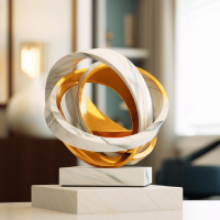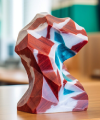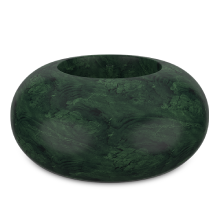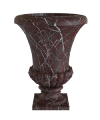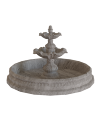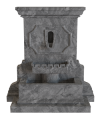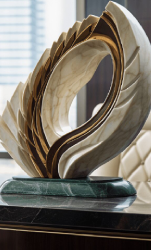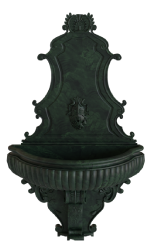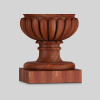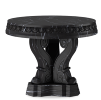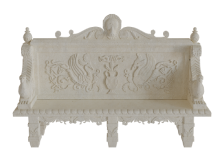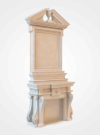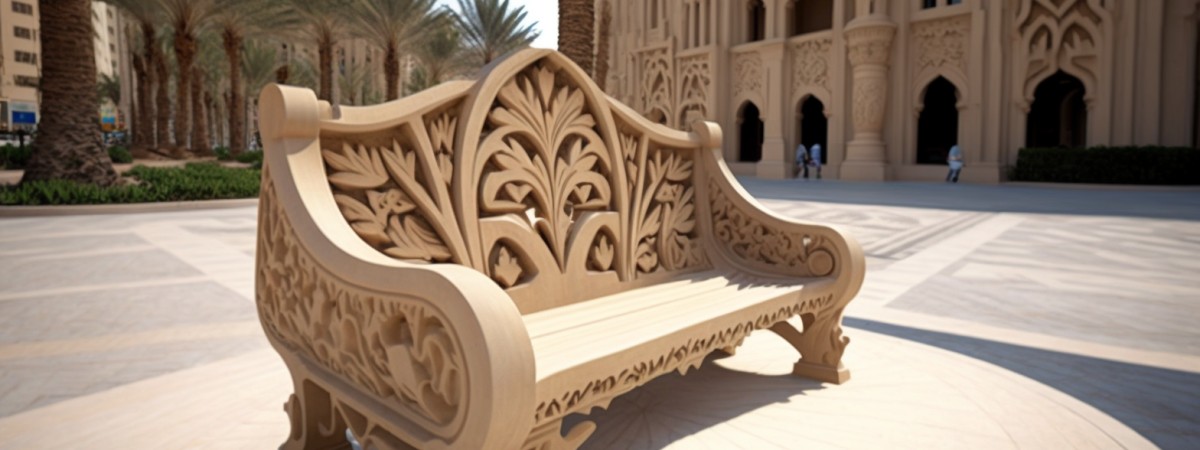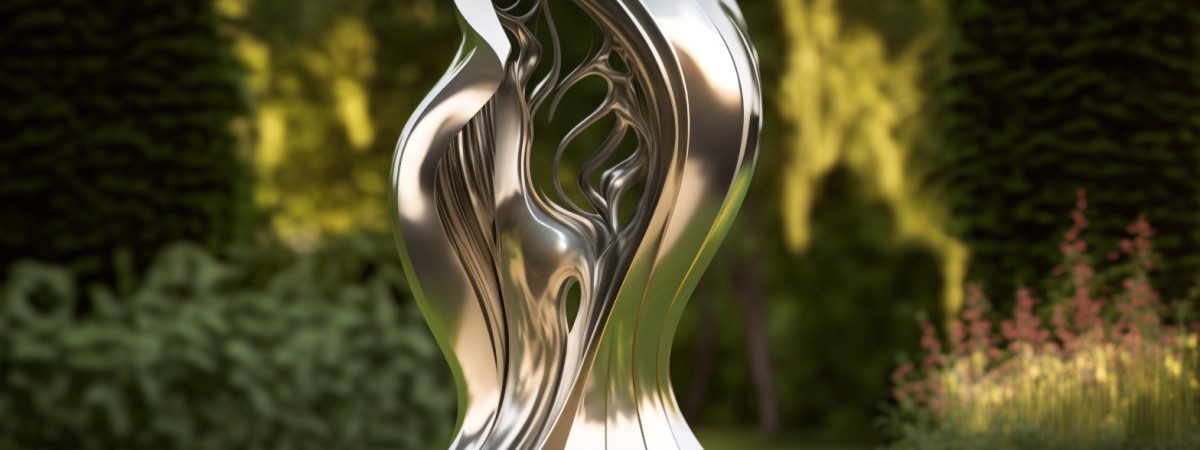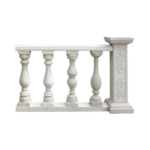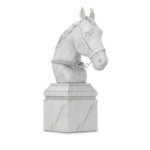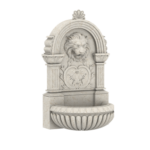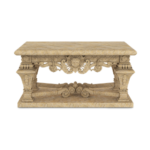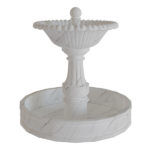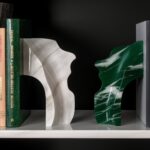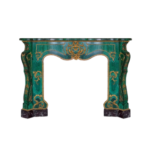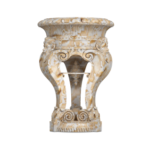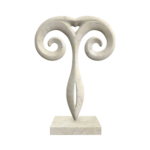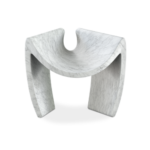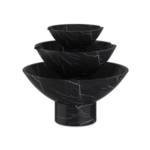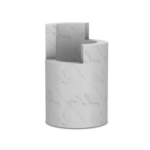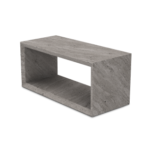January 12, 2024 Author: Michelle Simpson
Incorporating Statues and Sculptures in Islamic Hardscaping: Ideas and Inspiration
Statues and sculptures in hardscaping designs give aesthetic interest, character, and cultural relevance to outdoor spaces. However, they are rarely used in Islamic architecture and design since they are seen to violate Tawhid (the Oneness of God). Yet, Islamic hardscaping designs can feature striking, culturally significant and Islamic principles.

The use of geometric patterns and Islamic calligraphy is one technique to integrate visual interest and character into Islamic hardscaping designs. These patterns can be used in a number of hardscaping features, such as pavers, walls, and fountains, to give them visual interest and cultural significance. Islamic calligraphy, a sort of decorative writing, is also used in Islamic architecture and can be used in hardscaping designs on walls, gates, and water features.

The use of water features is another approach to bringing visual interest to hardscaping projects in an Islamic way. Islamic architecture and design incorporate water in many ways, including fountains, pools, and water channels. These features provide cooling and relaxation as well as visual appeal.

Islamic gardens are another way of bringing beauty and individuality to hardscaping projects. Islamic gardens incorporate water, geometric shapes, and local plants. These gardens, which reflect the Islamic belief in nature’s beauty, can be included into hardscaping designs as a central feature or as smaller garden spaces within a larger hardscaping design.

Lighting is another technique for adding drama and ambiance to Islamic hardscaping projects by accentuating hardscaping features such as water features, geometric patterns, and Islamic calligraphy. Lighting also makes the hardscaping space more inviting and comfortable.

Rocks, gravel, and plants complement each other in Islamic hardscaping designs. Natural elements generate a sense of connectedness to nature and serenity in hardscaping. Natural components can also be employed to create contrast, such as natural stone pavers with a geometric water feature.



Islamic architecture commonly uses courtyards, which are open spaces bordered by walls or structures. These spaces can be incorporated into hardscaping designs as a central feature or as smaller garden spaces within a larger hardscaping design. Courtyards provide privacy while allowing natural light and air to circulate within the space.

In conclusion, while statues and sculptures are not commonly employed in Islamic architecture and design, there are many methods to add visual interest and character to Islamic hardscaping projects. Geometric patterns, Islamic calligraphy, water features, Islamic gardens, lighting, natural elements, and courtyards in hardscaping designs offer visual interest, character, and cultural value to any outdoor space. These ingredients can also create peace, serenity, and a connection to nature when used in hardscaping designs to create beautiful outdoor areas that match the principles of Islamic culture and architecture.
Contact Marblising to discuss your next project!
